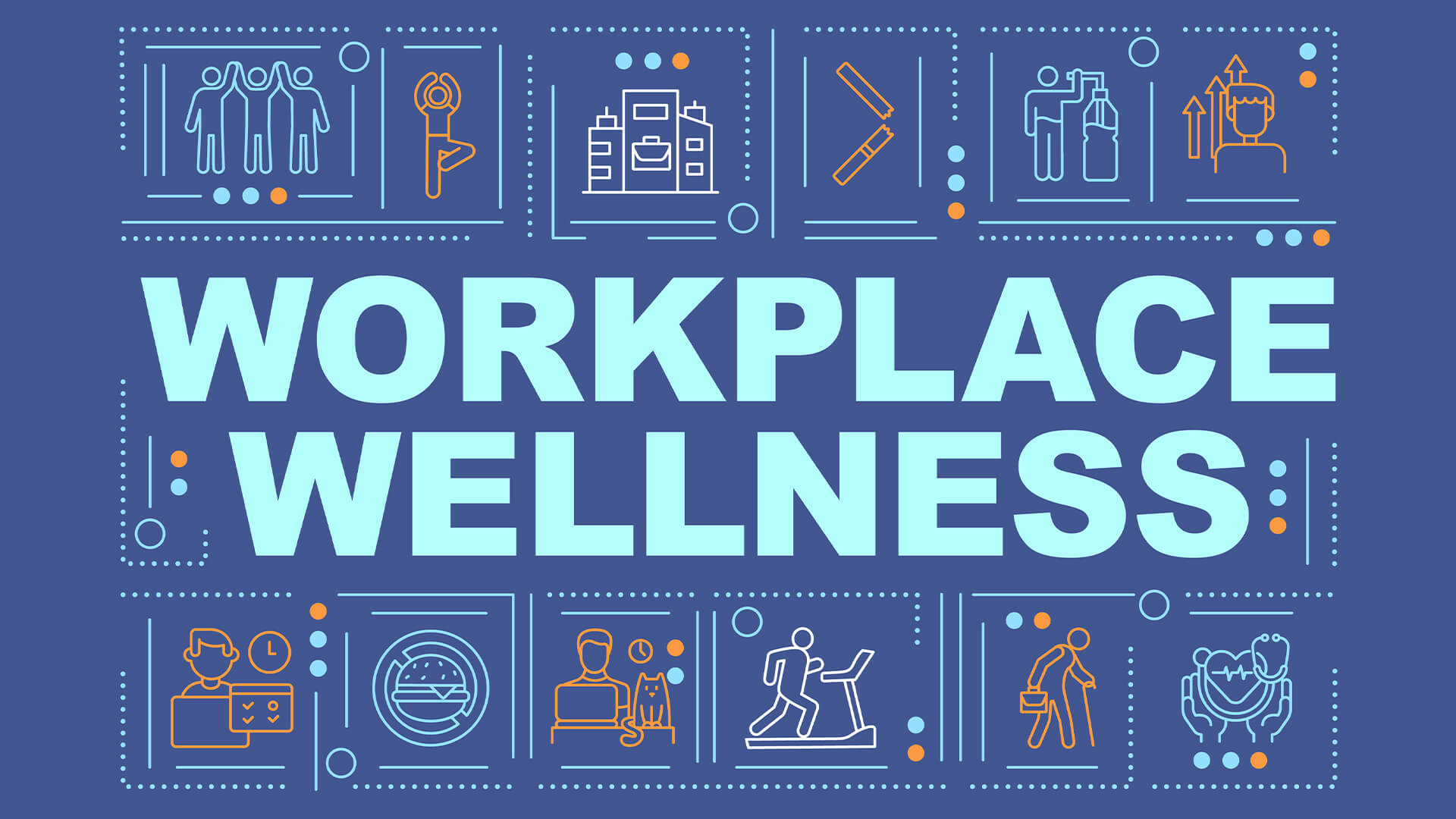Living with the Virus: Workplace Wellness Post-Pandemic
Advice on Back-to-Work Health & Wellbeing for the New Normal
Many Brits are both excited and nervous as they contemplate their return to the workplace following yesterday’s announcement on the lifting of restrictions. With continued talk of new variants, Prime Minister Boris Johnson says the nation must “begin to learn to live with this virus”. However, experts agree that it’s prudent to continue to think smartly about health and safety measures at work, and are placing greater emphasis on improving the quality of ventilation within indoor environments as a way to minimise the spread of Covid-19.
In a survey conducted by JD Cooling*, more than two-thirds of employees (68 per cent) were worried about contracting Coronavirus upon their return to their place of work after restrictions have completely eased. Almost half (47 per cent) of those surveyed cited the possibility of catching Coronavirus through airborne transmission indoors as their biggest concern, followed by 40 per cent who said poor air quality is a worry for them when returning to their workplace.
With those concerns in mind, here are just a few ways to minimise the spread of viruses, reassure employees and keep them safe in the post-pandemic workplace this summer:
Continue with the basics: Implementing social distancing, frequent cleaning, supplying appropriate PPE and Perspex screens where social distancing isn’t possible, and providing hygienic hand-washing areas, are of course all known measures that can minimise spread.
The power of fresh air: Good ventilation reduces the concentration of the virus in the air and reduces the risk from airborne transmission. By improving air quality through opening windows, this can help the air flow in the workplace. If you have windows on either side of the room, this will allow an even better air flow and provide a more effective circulation of air.
Walk the talk: When in-person meetings are essential, encourage staff to continue to hold ‘walking meetings’ with clients and suppliers, utilising voice notes as a way to record key actions. This provides wellbeing through exercise and fitness while also minimising the risk of spreading viruses, and common colds, – so it’s just a good habit to keep as we head into the new normal.
Encourage outdoor breaks: Instil an office culture where work-based socialising, lunch and breaks are to be taken outdoors. Identify a range of nearby outdoor locations, al fresco cafes, walks, benches, bike rental stations, parks, and other spots suitable for a walk or with a sitting space, within a short distance from work.
Minimising the spread: Certain infrastructures may not have windows that open, and actually, relying on open windows and doors isn’t a sustainable or economical long-term solution. A mechanical ventilation system will improve air flow by removing stale expelled air and bringing in fresh air from outside. Better air flow reduces the risk of spreading germs and viruses because ventilation improves the air quality and reduces the likelihood of breathing in harmful airborne viruses and germs.
Upgrade your air con: As outdoor temperatures rise, the air con dials will too, but an air con system without a ventilation system circulates the same air. An air con system with a ventilation system allows an environment to control its temperature, while providing ventilation at the same time – expelling stale air from indoors to outdoors, and then circulating fresh air from outside into the indoor environment. Adding a ventilation system onto an existing air con system is one way to minimise the spread of viruses such as Covid-19.
Air con maintenance: If you only have an air con system with no plans to install a ventilation system, you can still help to minimise viruses spreading by having your air con system regularly maintained.
Consider mist systems: There are also sanitised mist systems that can be added to air conditioning systems, to clean equipment and help sanitise the area. Environment disinfection such as hydrogen peroxide fogging is often used in the healthcare sector, and can provide added reassurance for other work environments too.
Employee-first approach: First and foremost it is vital for employers to gauge how their employees feel about their return to the workplace so they can provide relevant solutions that offer reassurance. A way to do this could be to conduct an internal, anonymous employee survey to gain an accurate view of how the team feels, and what they need to do to help them feel more comfortable in the workplace.
Ramp up internal comms: Communicating changes on internal policies and safety measures will continue to be an essential way to reassure staff. Employers need to use clear two-way comms and assess staff views and needs to fully support employee wellbeing.
Embrace flexibility: If you haven’t already, consider introducing a rota-based hot desking system and flexible working. This will allow you to better control the number of people in your place of work at any one time and reduce the risk to you workforce.
Disclaimer: To effectively assess your workplace, explore expert advice to evaluate your environment and existing ventilation system, as some of these tips may not work for all locations.

Stay updated with our latest publications.
Discover Issues
See how we can help you grow in the online space!
Advertise With Us
We can help promote your business.
Find Out More




